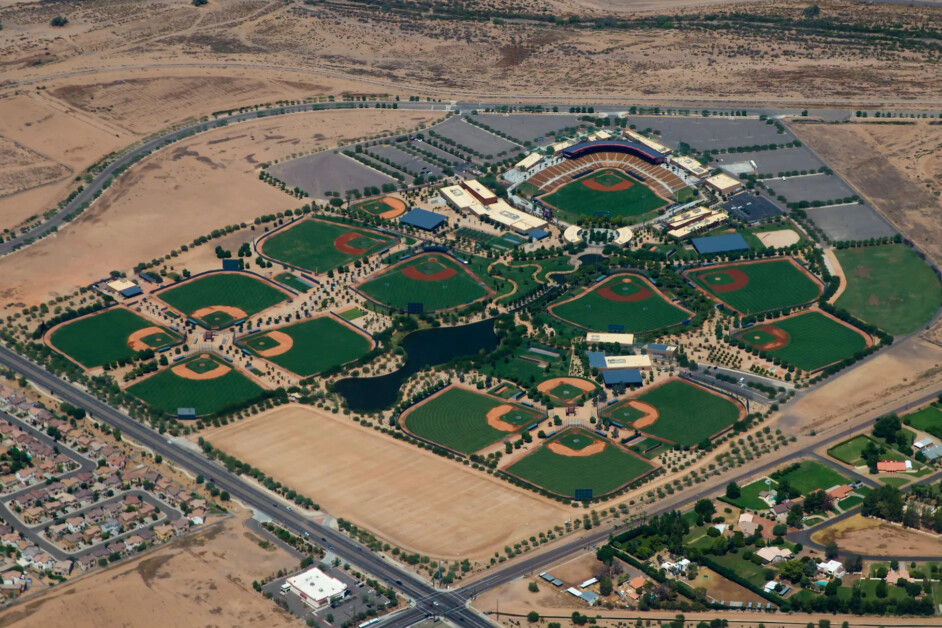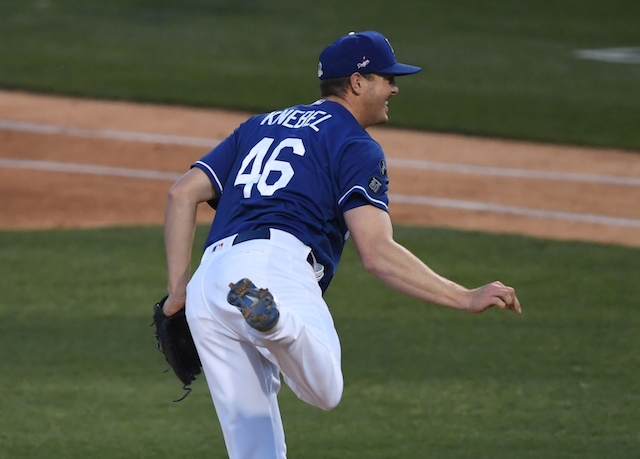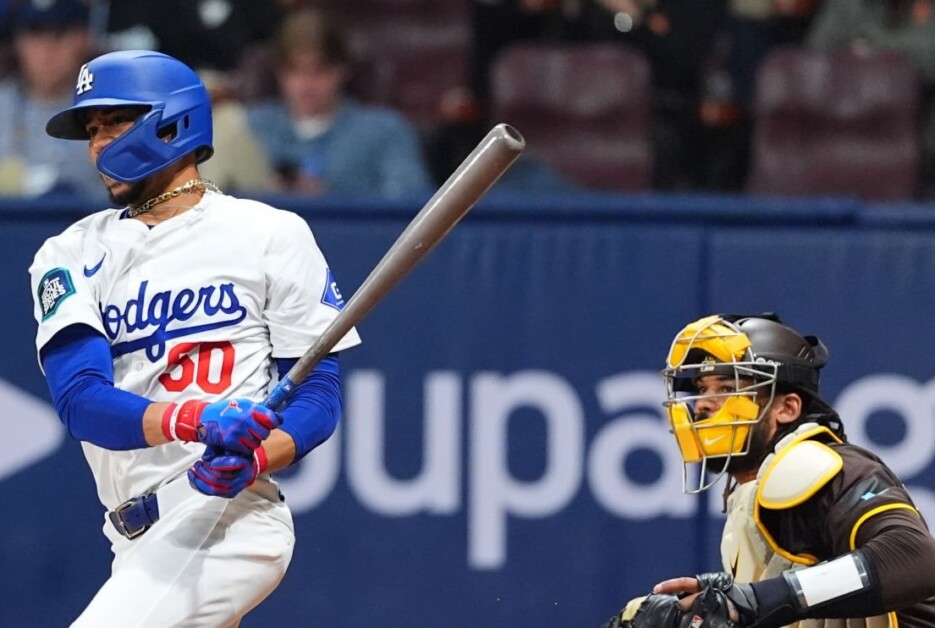With its origins dating back to the mid-1940s, MLB’s Cactus League holds a rich history and is the Spring Training home for half of baseball’s teams.
The Cactus League is widely-understood to have been founded to combat the prevalence of segregation that was occurring within the United States by former Cleveland Guardians owner Bill Veeck.
A devoted anti-racist, Veeck, who had previously owned the Milwaukee Brewers until 1945, purchased the Guardians in 1946 and subsequently moved the team’s Spring Training operations to Arizona with the intent of introducing African American players to his squad.
In addition to his own team, Veeck also convinced the New York Giants to also stage their Spring Training in Arizona as well.
The 15 Major League teams that make up the Cactus League today are the Arizona Diamondbacks, Chicago Cubs, Chicago White Sox, Cincinnati Reds, Cleveland Guardians, Colorado Rockies, Kansas City Royals, Los Angeles Angels, Los Angeles Dodgers, Milwaukee Brewers, Oakland Athletics, San Diego Padres, San Francisco Giants, Seattle Mariners and Texas Rangers.
The Dodgers originally held Spring Training in Vero Beach, Florida, beginning in 1949, but joined the Cactus League in 2009 and have completed their practices and home games at Camelback Ranch ever since.
Amongst where the 15 squads hold their spring camps, only five have their own complexes, with 10 teams splitting sites.
American Family Fields of Phoenix is host to the Brewers, Camelback Ranch is split between the Dodgers and White Sox, Goodyear Ballpark is shared by the Reds and Guardians, Hohokam Stadium is only occupied by the A’s, the Peoria Sports Complex hosts the Padres and Mariners, Salt River Fields at Talking Stick is home to the Diamondbacks and Rockies, Scottsdale Stadium hosts the Giants, Sloan Park is the Chicago Cubs home, Surprise Stadium is the Royals and Rangers shared site, and Tempe Diablo Stadium hosts the Angels.
It is estimated that the Cactus League itself generates over $300 million annually to the greater Phoenix metropolitan area.
Cactus League stadiums
American Family Fields at Phoenix (Milwaukee Brewers)
Originally debuting in 1998 as Maryvale Baseball Park, the site re-opened as the Brewers’ home in 2019 after a $60 million renovation. Sitting 10,000 fans, the stadium upgrades included placing both Major League and Minor League facilities in one space in addition to a practice field that mimics the exact dimensions of the Brewers home park in Milwaukee, American Family Field.
Camelback Ranch (Los Angeles Dodgers, Chicago White Sox)
With an opening cost of $121 million, Camelback Ranch became the shared home of the Dodgers and White Sox in 2009. With more than 10 full-size practice fields, the 13,000-seat spring venue consistently hosts Dodgers fans and also Arizona Fall League games once the Major League season has concluded.
Goodyear Ballpark (Cincinnati Reds, Cleveland Guardians)
With a 10,311 capacity, Goodyear Ballpark is named after its location: Goodyear, Arizona. Opening to host the Guardians in 2009, the Reds joined the facilities to make them a shared site one year later in 2010.
Hohokam Stadium (Oakland Athletics)
Previously the long-standing home for the Cubs from 1997 until 2013, Hohokam Stadium has been host to just the A’s since 2014. Interestingly, Oakland originally held Spring Training at the same site from 1972-1978. In 2015 the location underwent a large renovation, which included the addition of the largest scoreboard among all Cactus League stadiums.
Peoria Sports Complex (San Diego Padres, Seattle Mariners)
Opening in 1994, the suburban Phoenix complex is under lease by both the Padres and Mariners until 2034. In addition to Major League Spring action, the site also hosts the Arizona Fall League Peoria Javelinas.
Salt River Fields at Talking Stick (Arizona Diamondbacks, Colorado Rockies)
Opening in 2011, Salt River Fields at Talking Stick is the first Major League park of any kind to be built on Native American land, holding land within the Salt River Pima-Maricopa Indian Community. With a capacity of 11,000, the first game featured “first pitches” from the Salt River Pima-Maricopa Indian Community leaders, President Diane Enos and Vice President Martin Harvier.
Scottsdale Stadium (San Francisco Giants)
Built on the same site as the old Scottsdale Stadium, a $23 million renovation in 2006 replaced the original home of the Baltimore Orioles, Boston Red Sox, Cubs and A’s between the 1950s and 1980s. Taking over the site in 1984, the Giants will call the complex their spring home until at least 2035.
Sloan Park (Chicago Cubs)
After previously sharing Hohokam Stadium with the A’s, Sloan Park became the spring home for the Cubs in 2014. Regarded as the newest stadium within the Cactus League, Sloan Park also has the largest capacity of any Major League Spring Training site at 15,000.
Surprise Stadium (Kansas City Royals, Texas Rangers)
Sitting 10,500 people, Surprise Stadium opened in 2002 and has hosted both the Royals and Rangers since 2011. A popular site for Arizona Fall League play, the complex currently hosts the Surprise Saguaros and previously was home for the Surprise Rattlers from 2007-2010.
Tempe Diablo Stadium (Los Angeles Angels)
Built in 1969, Tempe Diablo is the oldest stadium within the Cactus League and has been hosting the Angels since 1993. With a capacity of just under 10,000 fans, the Angels are set to call the complex their spring home until 2035.
Have you subscribed to the Dodger Blue YouTube channel? Be sure to ring the notification bell to watch player interviews, participate in shows and giveaways, and stay up to date on all Dodgers news and rumors!








